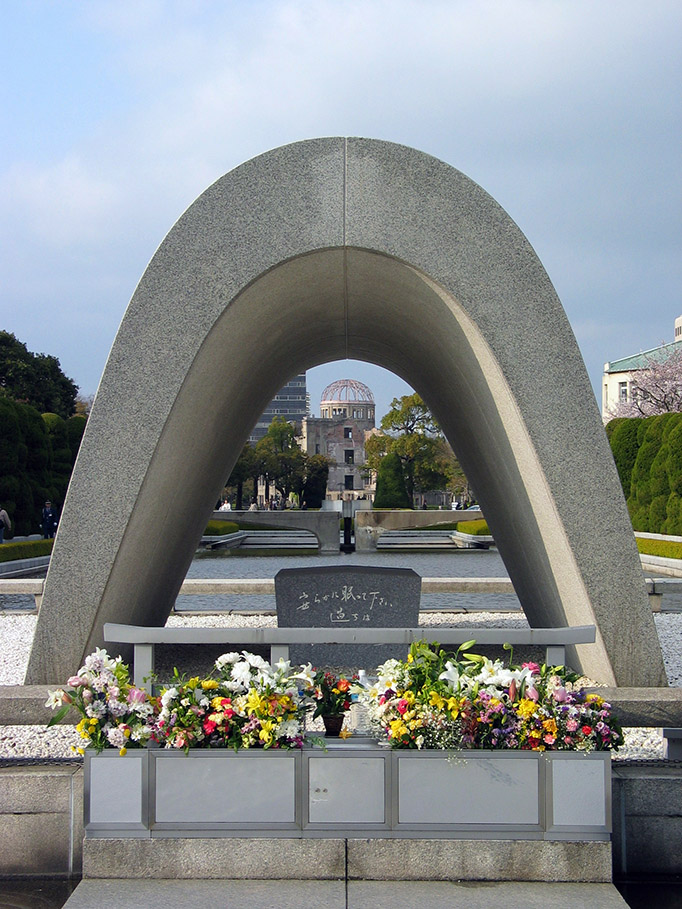The leader of the nation’s largest peace group focused on abolishing nuclear weapons and urged President Obama to get specific about his plans to reduce their number during his historic visit later this month to Hiroshima, Japan.
The White House announced May 10 the president will visit the Hiroshima Peace Memorial Park — a site at the center of the city dedicated to 140,000 victims who died in the Aug. 6, 1945, atomic bombing at the end of World War II — after attending the G7 summit in Japan May 26-27.
Kevin Martin, president of Peace Action, said Obama needs to do more than repeat his pledge in a historic 2009 speech in Prague “to seek the peace and security of a world without nuclear weapons” and talk about what he plans to do about it in his final months as president.
“There are distinct steps the president could announce in Hiroshima that will show the world that his words of a nuclear weapons free world aren’t hollow,” said Martin, who has visited Hiroshima three times.
Martin of Peace Action said President Obama could announce concrete steps such as reducing the number of nuclear warheads, removing a “hair-trigger alert” that increases the chances of error or canceling the Long Range Stand Off nuclear cruise missile or other parts of the $1 trillion dollars the U.S. plans to spend to overhaul nuclear weapons and their delivery.
White House Deputy National Security Advisor Ben Rhodes said in a blog May 10 the president will “share his reflections on the significance of the site and the events that occurred there.” Rhodes said Obama “will not revisit” President Truman’s decision to use the atomic bomb at the end of World War II but plans to “offer a forward-looking vision focused on our shared future.”
“To be sure, the United States will be eternally proud of our civilian leaders and the men and women of our armed forces who served in World War II for their sacrifice at a time of maximum peril to our country and our world,” Rhodes said. “Their cause was just, and we owe them a tremendous debt of gratitude, which the President will again commemorate shortly after the visit on Memorial Day.”
Rhodes said the president’s visit to Hiroshima “will offer an opportunity to honor the memory of all innocents who were lost during the war.”
Since announcing his goal of a world without nuclear weapons, observers say President Obama’s record on non-proliferation is mixed. His participation in last year’s multi-national deal with Iran drew praise from peace activists and condemnation from hawkish political opponents. He reached a new START agreement with Russia in 2010 and has initiated efforts to pull bomb-grade nuclear fuel out of countries like Ukraine and Chile.
At the same time, the president pushed for modernizing the U.S. nuclear arsenal with smaller and less destructive weapons, and the growing threat of a nuclear North Korea has some suggesting a new arms race is underway.
“Obama will look insincere if his words espouse ridding the world of nuclear weapons while at the same time his administration continues its plan to spend a trillion dollars over 30 years to upgrade nuclear weapons,” Martin said.
Peace Action was founded as SANE in 1957 in response to the arms race and development and testing of nuclear weapons by President Eisenhower. An early SANE member, one-time Yale University chaplain and civil-rights and anti-war activist William Sloane Coffin, became president of the group then known as SANE/Freeze after resigning as pastor of Riverside Church in New York City in 1987. The name changed to Peace Acton in 1993, as focus shifted to opposition to the U.S. military buildup in the Persian Gulf during the Gulf War.

